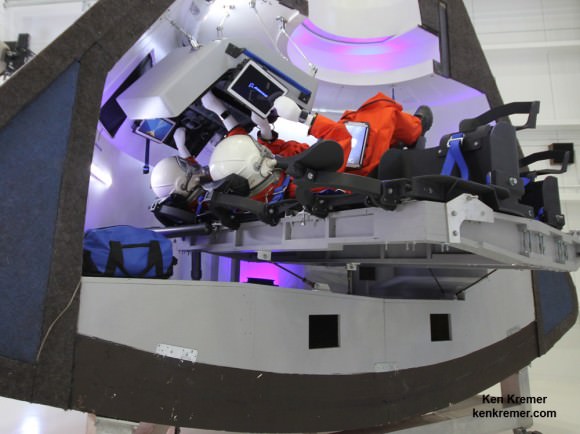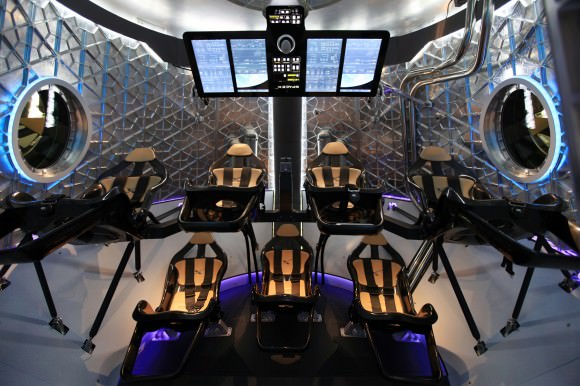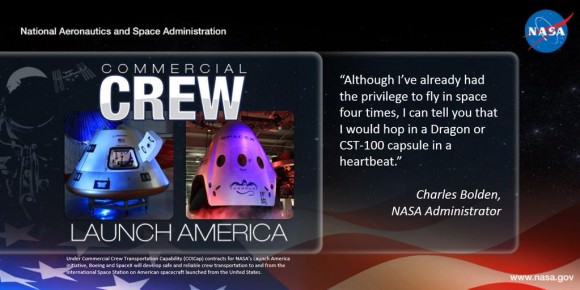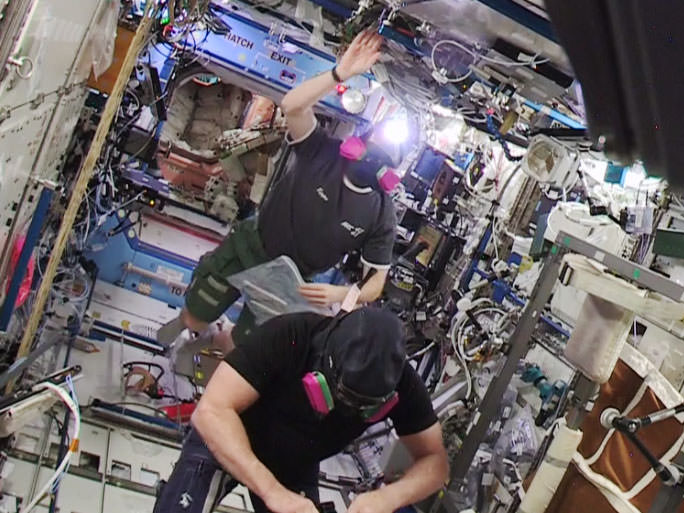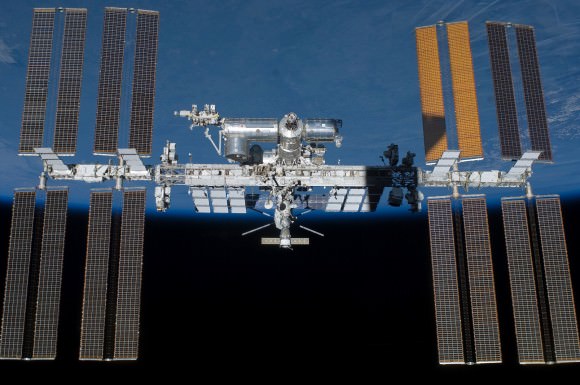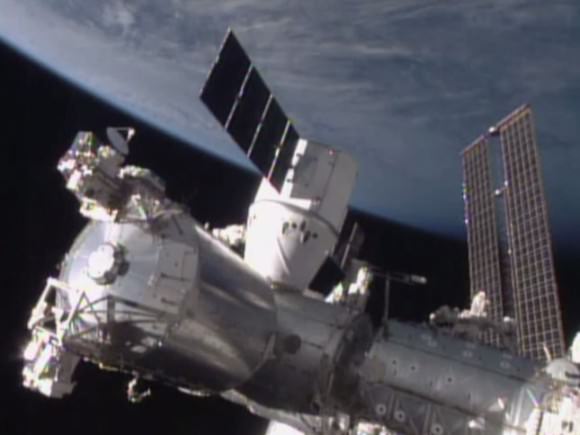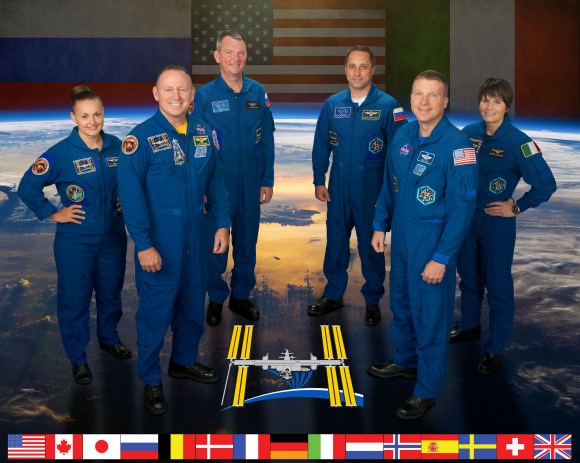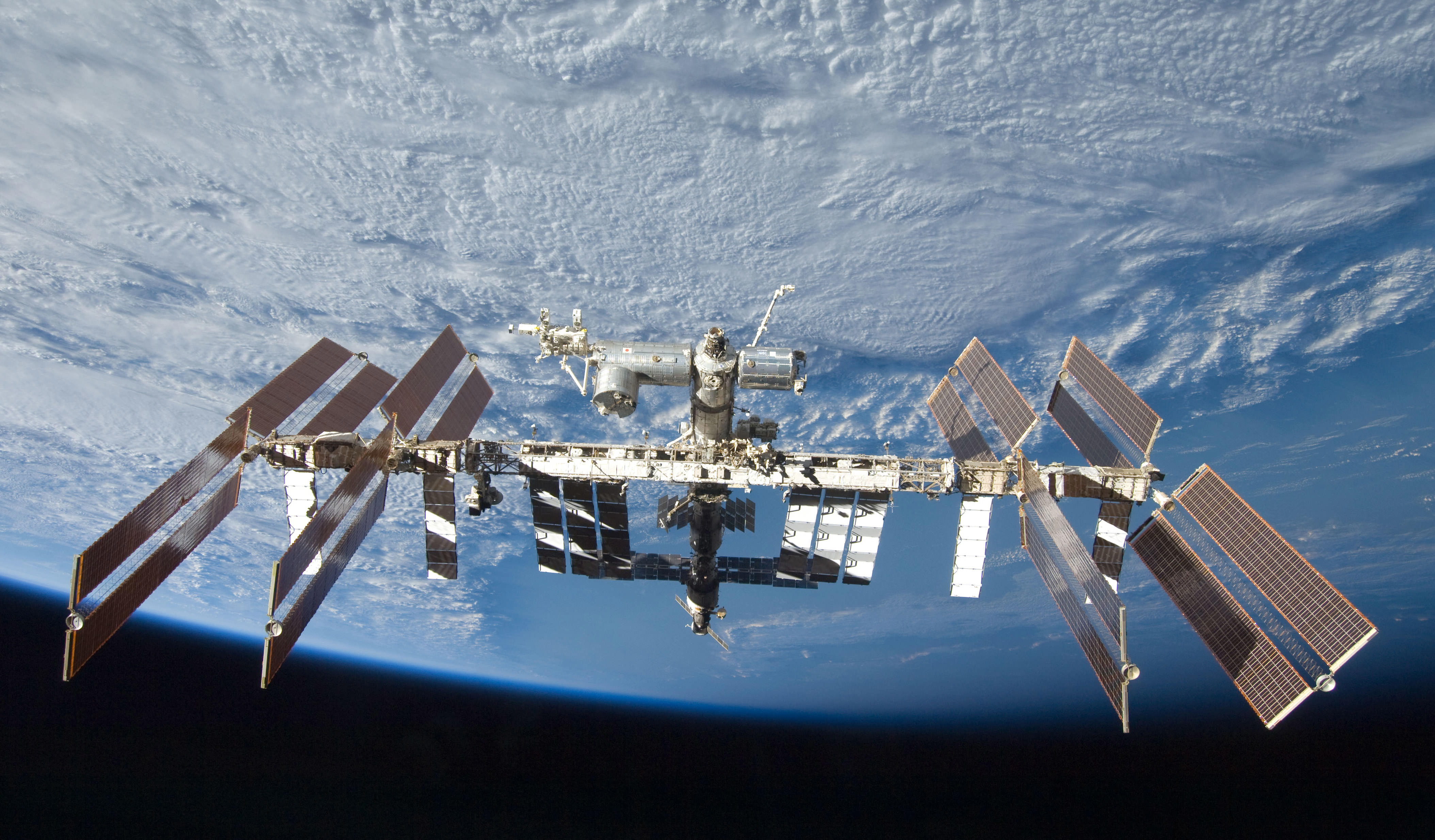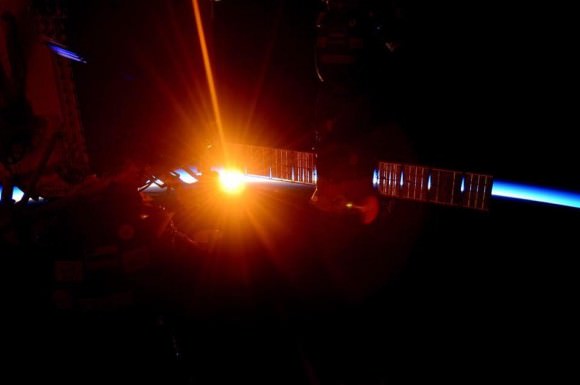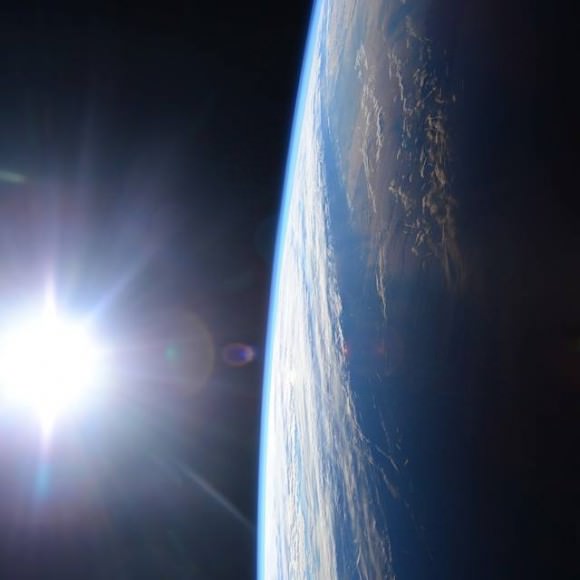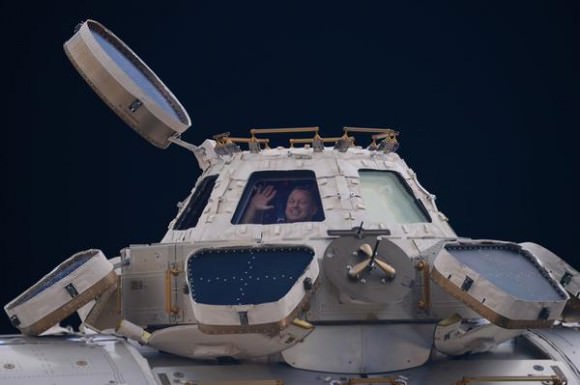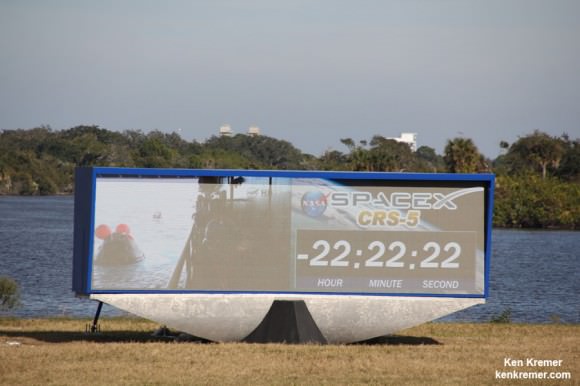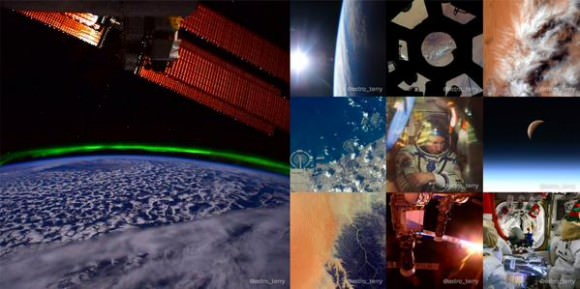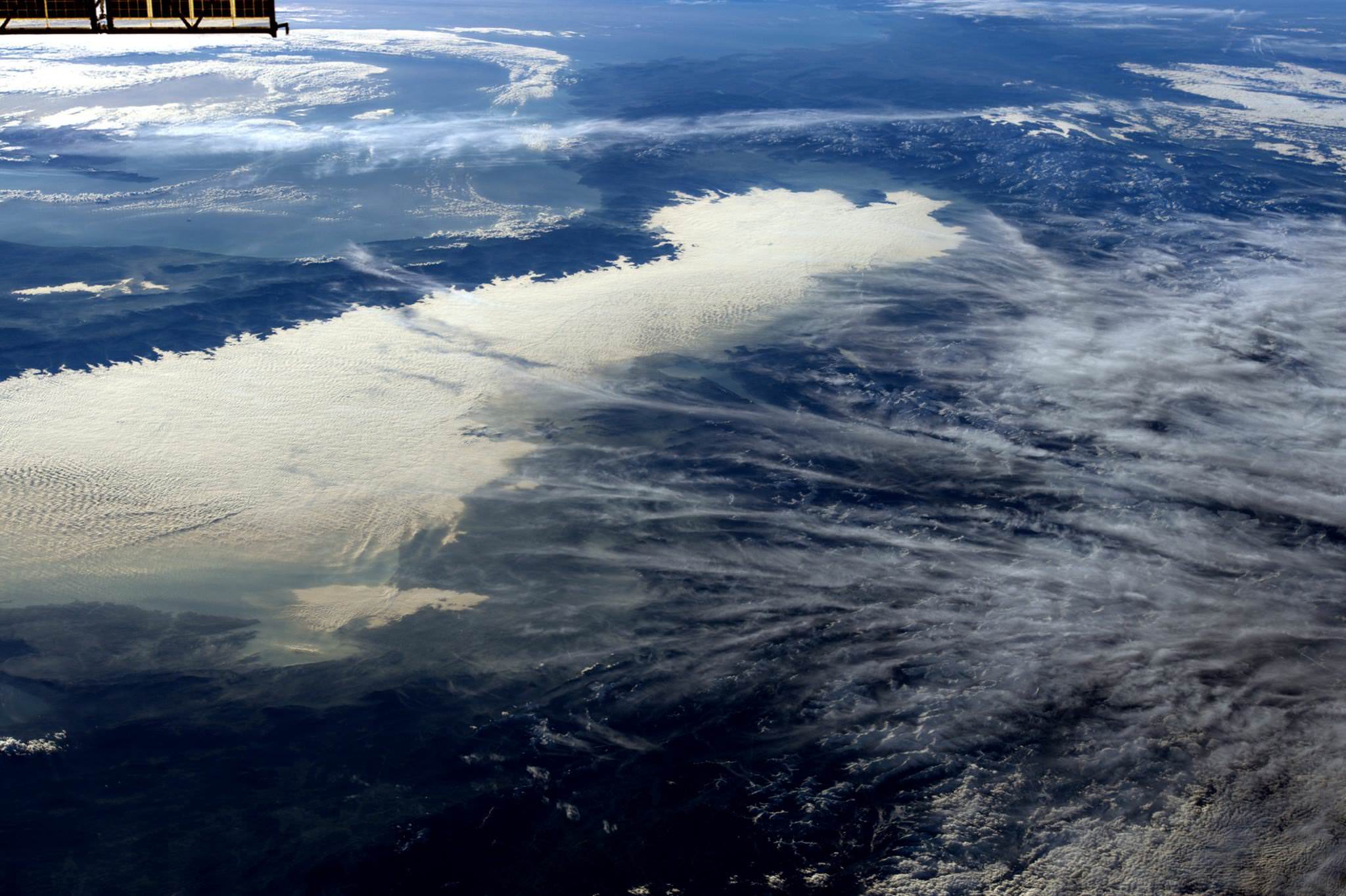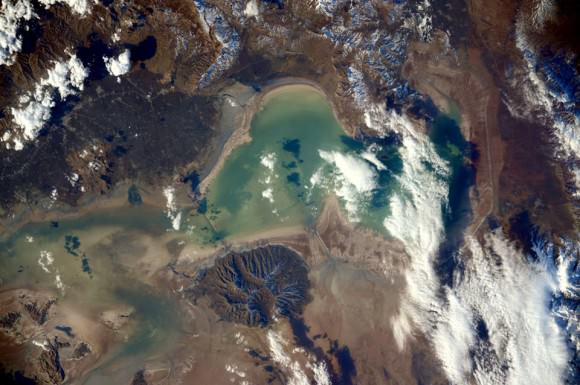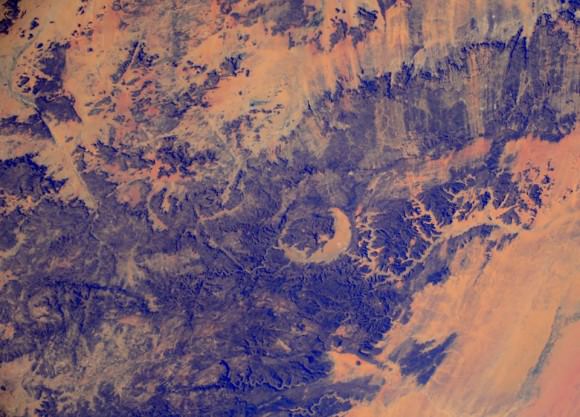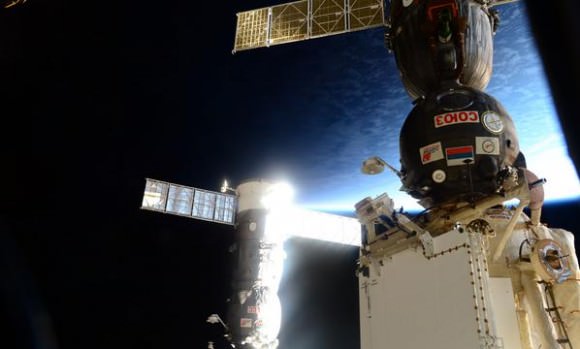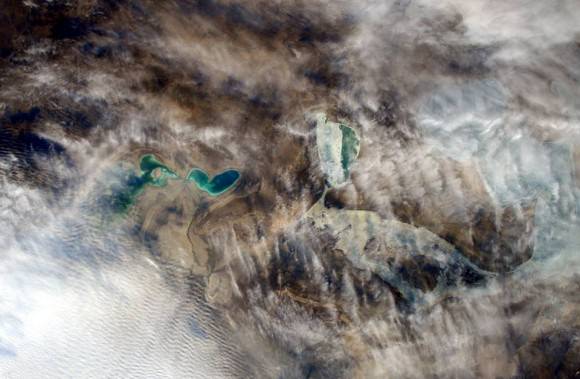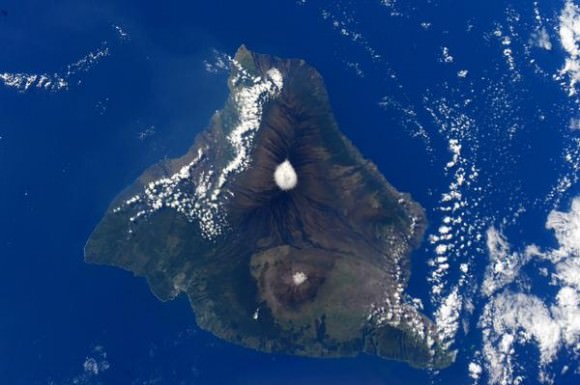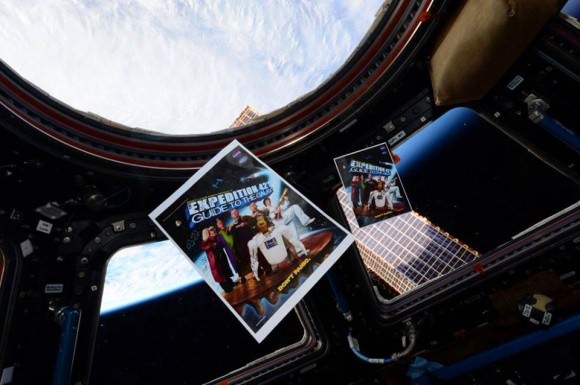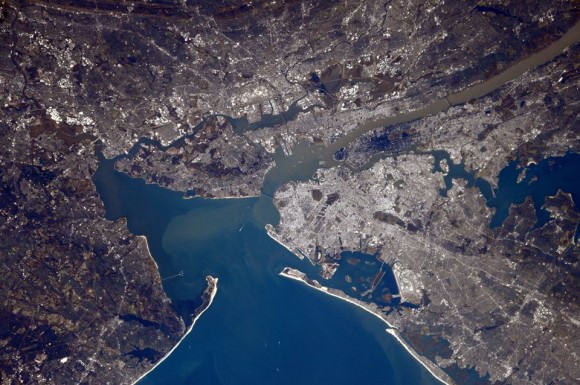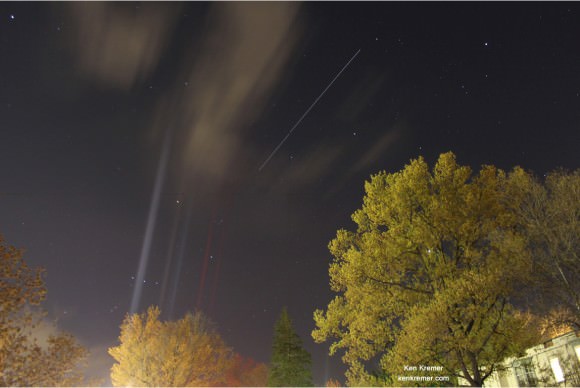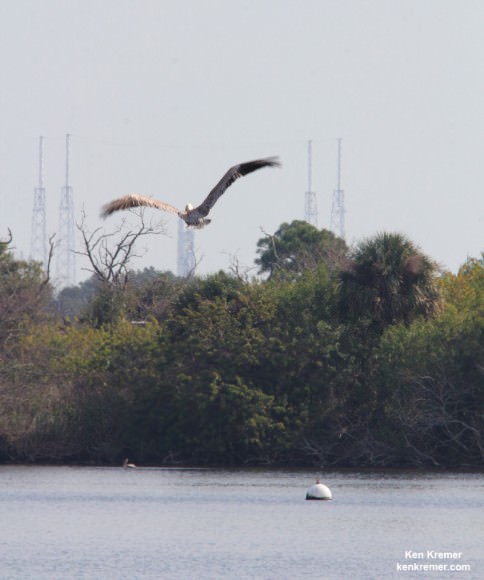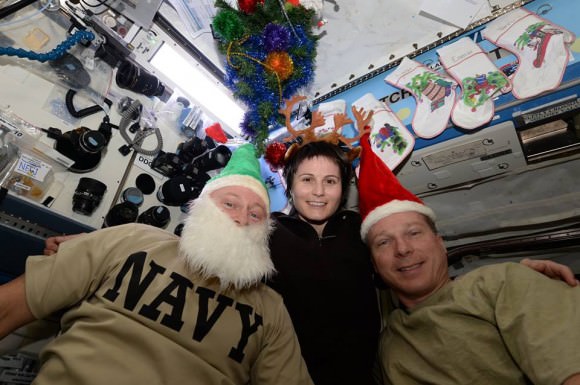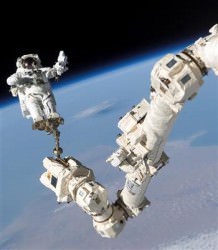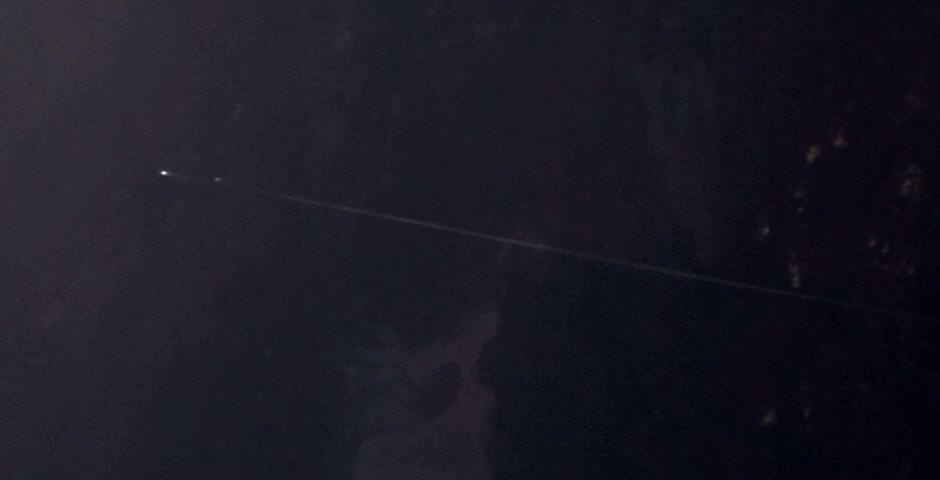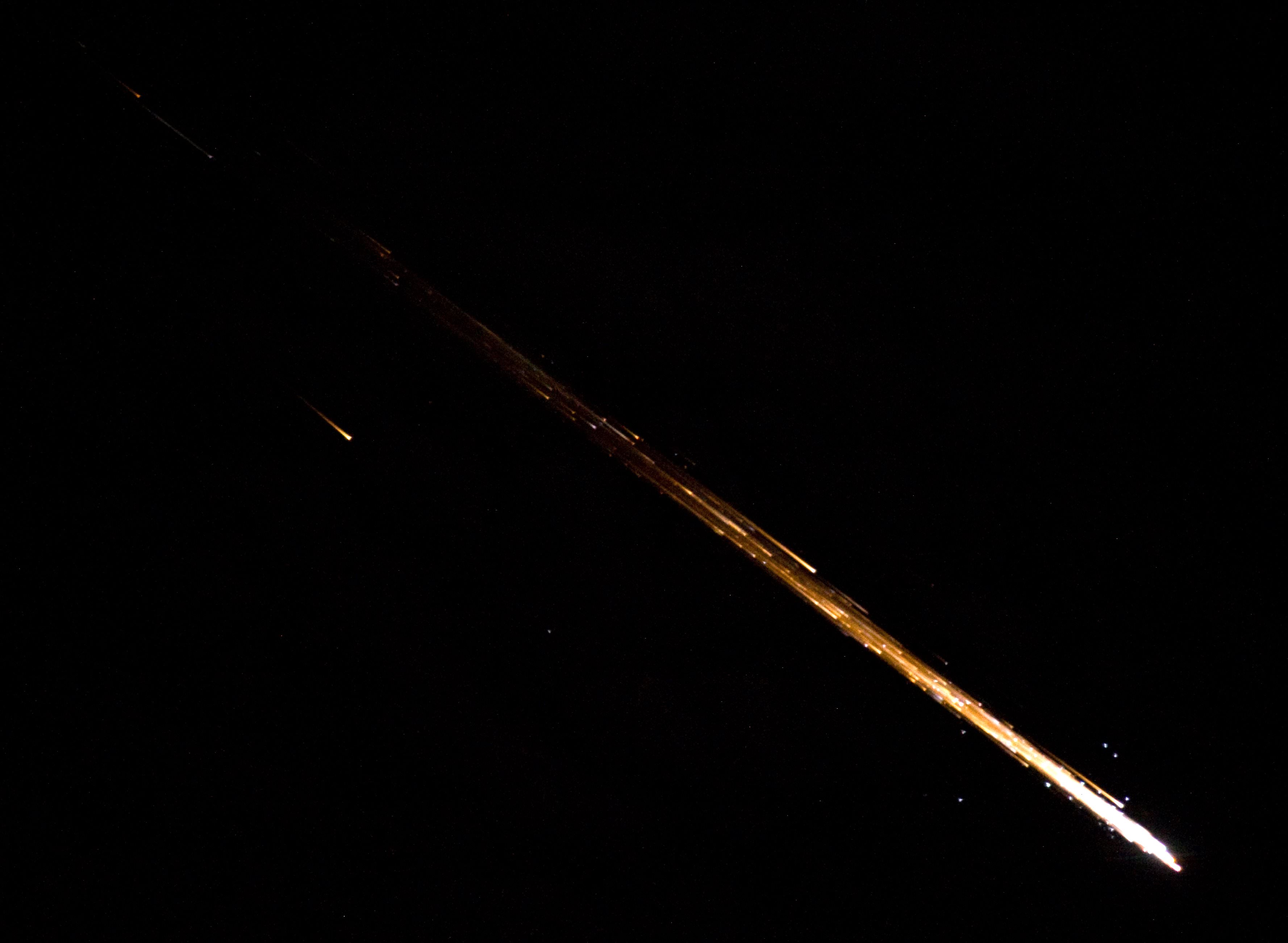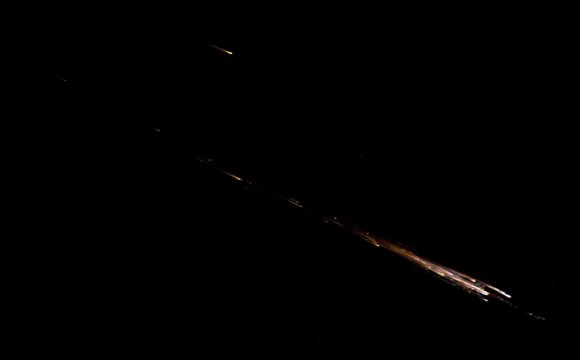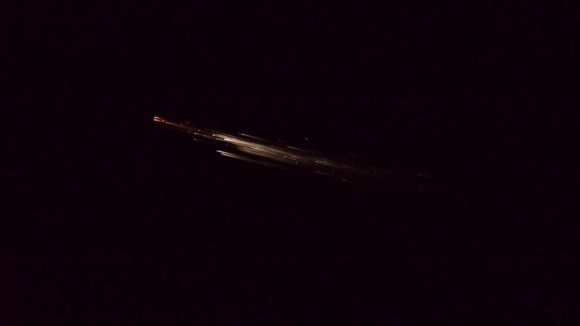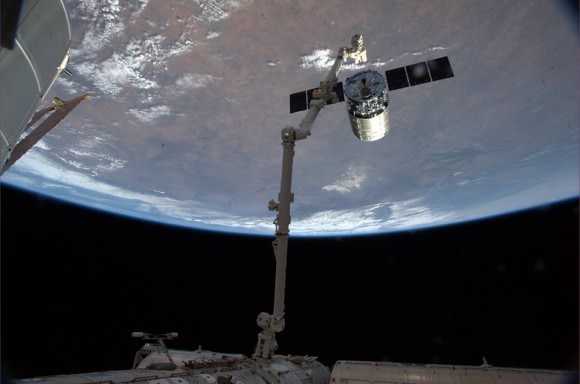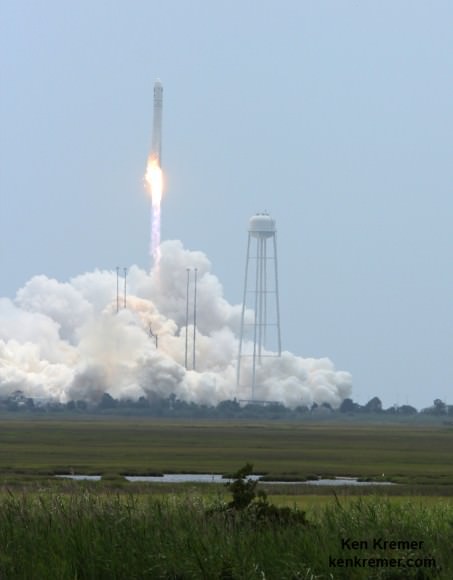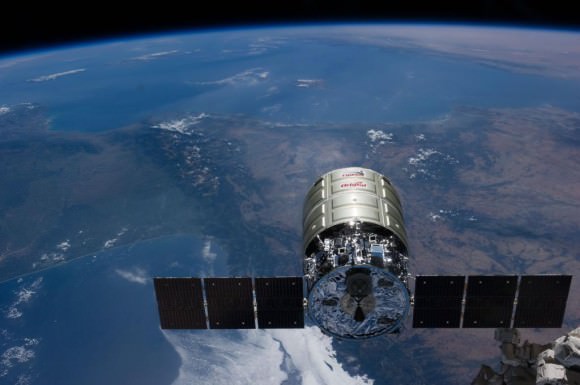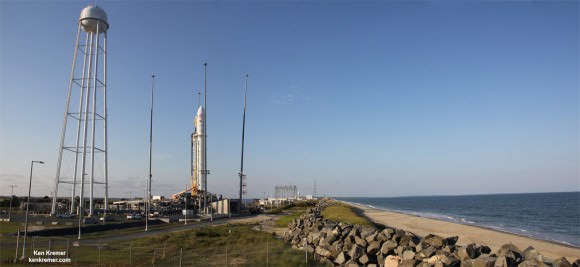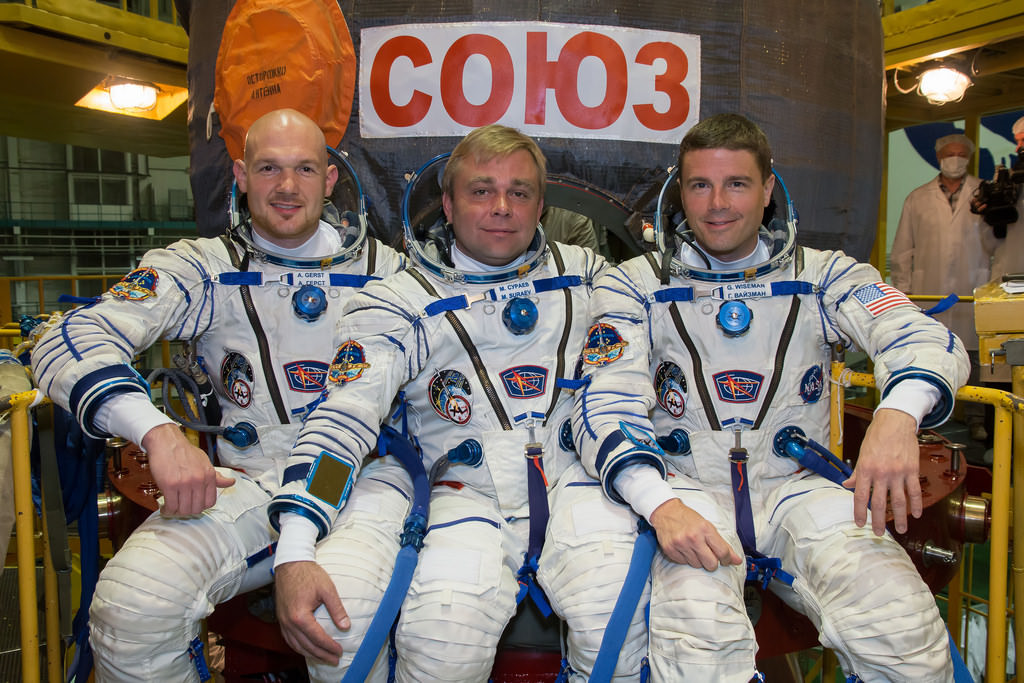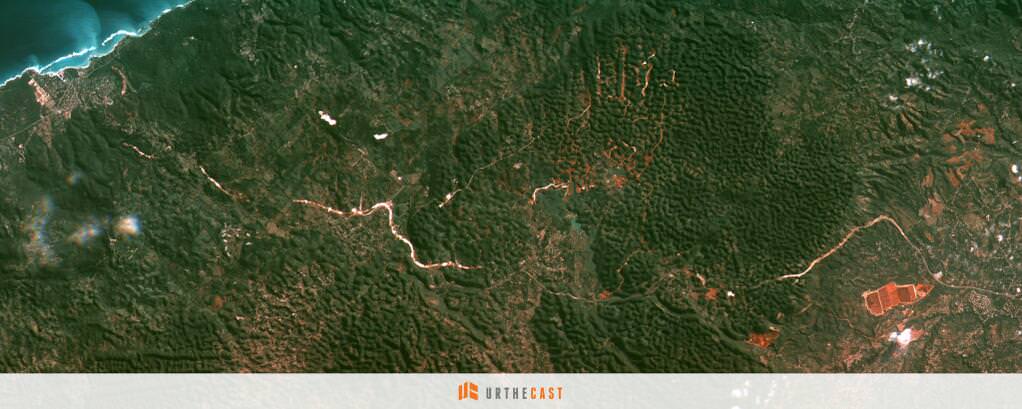After a hiatus of six long years, US astronauts will finally launch to space in a revolutionary new pair of private crew capsules under development by Boeing and SpaceX, starting in 2017, that will end our sole source reliance on the Russians for launching our astronauts to the International Space Station (ISS).
Two years from now, crews will start flying to space aboard the first US commercial spaceships, launching atop US rockets from US soil, said officials from Boeing, SpaceX, and NASA at a joint news conference on Monday, Jan. 26. The human rated spaceships – also known as “space taxis” – are being designed and manufactured under the auspices of NASA’s Commercial Crew Program (CCP).
A two person mixed crew of NASA astronauts and company test pilots will fly on the first test flights going to the space station in 2017.
The goal of NASA’s Commercial Crew Program, underway since 2010, has been to develop safe, reliable, and cost-effective spaceships that will ferry astronauts to and from the massive orbiting lab complex.
“It’s an incredible testament to American ingenuity and know-how, and an extraordinary validation of the vision we laid out just a few years ago as we prepared for the long-planned retirement of the space shuttle,” said NASA Administrator Charlie Bolden during the briefing at the agency’s Johnson Space Center in Houston. Bolden is a four time veteran space shuttle astronaut.
“This work is part of a vital strategy to equip our nation with the technologies for the future and inspire a new generation of explorers to take the next giant leap for America.”
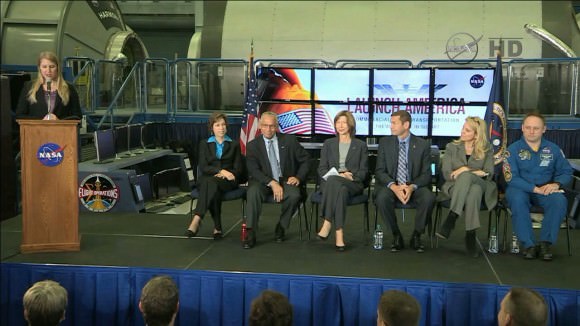
“We have been working overtime to get Americans back to space from US soil and end US reliance on Russia,” Bolden added. “My job is to ensure we get Americans back to space as soon as possible and safely.”
“We have been in-sourcing space jobs back to the US.”
“To do this we need for Congress to approve full funding for the Commercial Crew Program!”
“This and the ISS are a springboard to going beyond Earth. All this we are doing will enable us to get Humans to Mars!”
However – severe budget cuts by Congress forced NASA into a two year delay in the first commercial crew flights from 2015 to 2017 – and also forced NASA to pay hundreds of millions of more dollars to the Russians for crews seats instead of employing American aerospace workers.
On Sept. 16, 2014, Administrator Bolden announced that Boeing and SpaceX had won the high stakes and history making NASA competition to build the first ever private “space taxis” to launch American and partner astronauts to the ISS and restore America’s capability to launch our crews from American soil for the first time since 2011.
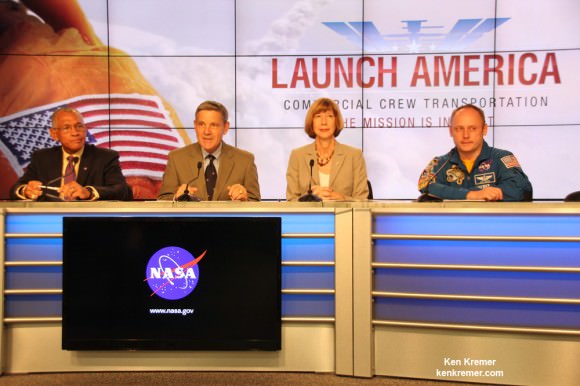
During the Sept. 16 briefing at the Kennedy Space Center, Bolden announced at that time that contracts worth a total of $6.8 Billion were awarded to Boeing to build the manned CST-100 and to SpaceX to build the manned Dragon V2.
Boeing was awarded the larger share of the crew vehicle contract valued at $4.2 Billion while SpaceX was awarded a lesser amount valued at $2.6 Billion.
For extensive further details about Boeing’s CST-100 manned capsule, be sure to read my exclusive 2 part interview with Chris Ferguson, NASA’s final shuttle commander and now Boeing’s Commercial Crew Director: here and here.
And read about my visit to the full scale CST-100 mockup at its manufacturing facility at KSC – here and here.
But the awards were briefly put on hold when the third bidder, Sierra Nevada Corp, protested the decision and thereby prevented NASA from discussing the awards until the issue was resolved by the General Accounting Office (GAO) earlier this month in favor of NASA.
Everyone involved is now free to speak about the awards and how they were decided.
Each company must successfully achieve a set of 10 vehicle and program milestones agreed to with NASA, as well as meeting strict certification and safety standards.
“There are launch pads out there already being upgraded and there is hardware already being delivered,” said Kathy Lueders, manager of the Kennedy Space Center-based Commercial Crew Program.
“Both companies have already accomplished their first milestones.”
Every American astronaut has been totally reliant on the Russians and their three person Soyuz capsules for seats to launch to the ISS since the forced retirement of NASA’s Space Shuttle program in July 2011 following the final blastoff of orbiter Atlantis on the STS-135 mission.
Under the latest crew flight deal signed with Roscosmos [the Russian Federal Space Agency], each astronaut seat costs over $70 million.
“I don’t ever want to have to write another check to Roscosmos after 2017, hopefully,” said Bolden.
Under NASA’s commercial crew contracts, the average cost to fly US astronauts on the Dragon and CST-100 is $58 million vs. over $70 million on the Russian Soyuz.
At the briefing, Bolden indicated he was hopeful Congress would be more supportive of the program in the coming 2016 budget cycle than in the past that has already resulted in a 2 year delay in the first flights.
“Congress has started to understand the critical importance of commercial crew and cargo. They’ve seen, as a result of the performance of our providers, that this is not a hoax, it’s not a myth, it’s not a dream,” said Bolden.
“It’s something that’s really happening. I am optimistic that the Congress will accept the President’s proposal for commercial crew for 2016.”
The first unmanned test flights of the SpaceX Dragon V2 and Boeing CST-100 could take place by late 2016 or early 2017 respectively. Manned flights to the ISS would follow soon thereafter by the spring and summer of 2017.
Asked at the Jan. 26 briefing if he would fly aboard the private space ships, Administrator Bolden said:
“Yes. I can tell you that I would hop in a Dragon or a CST-100 in a heartbeat.”
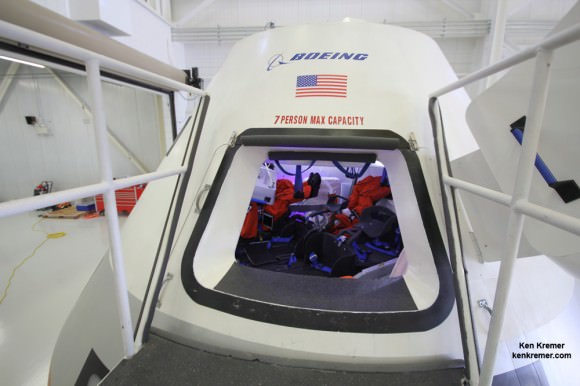
Boeing’s plans for the CST-100 involve conducting a pad abort test in February 2017, followed by an uncrewed orbital flight test in April 2017, and then a crewed flight with a Boeing test pilot and a NASA astronaut in July 2017, as outlined at the briefing by John Elbon, vice president and general manager of Boeing’s Space Exploration division.
“It’s a very exciting time with alot in development on the ISS, SLS, and Commercial Crew. Never before in the history of human spaceflight has there been so much going on all at once,” said John Elbon. “NASA’s exploring places we didn’t even know existed 100 years ago.”
“We are building the CST-100 structural test article.”
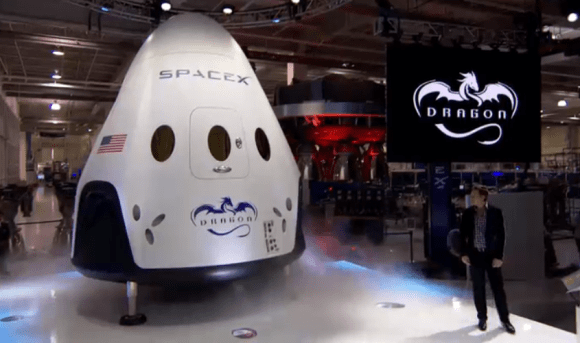
SpaceX’s plans for the Dragon V2 were outlined by Gwynne Shotwell, president of SpaceX.
“The Dragon V2 builds on the cargo Dragon. First up is a pad abort in about a month [at Cape Canaveral], then an in-flight abort test later this year [at Vandenberg to finish up development work from the prior CCiCAP phase],” said Shotwell.
“An uncrewed flight test is planned for late 2016 followed by a crewed flight test in early 2017.”
“We understand the incredible responsibility we’ve been given to carry crew. We should fly over 50 Falcon 9’s before crewed flight.”
Both the Boeing CST 100 and SpaceX Dragon V2 will launch from the Florida Space Coast, home to all US astronaut flights since the dawn of the space age.
The Boeing CST-100 will launch atop a human rated United Launch Alliance Atlas V rocket from Space Launch Complex 41 on Cape Canaveral Air Force Station, FL.
The SpaceX Dragon will launch atop a human rated Falcon 9 v1.1 rocket from neighboring Space Launch Complex 40 at the Cape.
Stay tuned here for Ken’s continuing Earth and planetary science and human spaceflight news.
